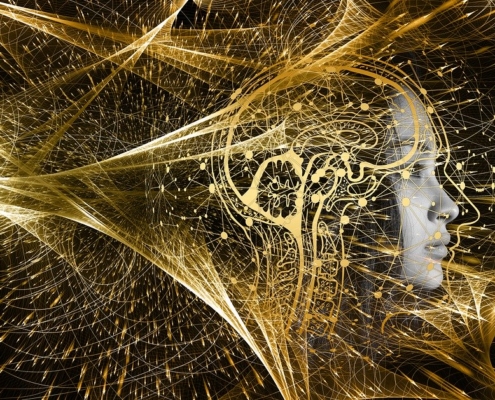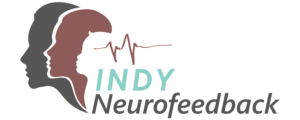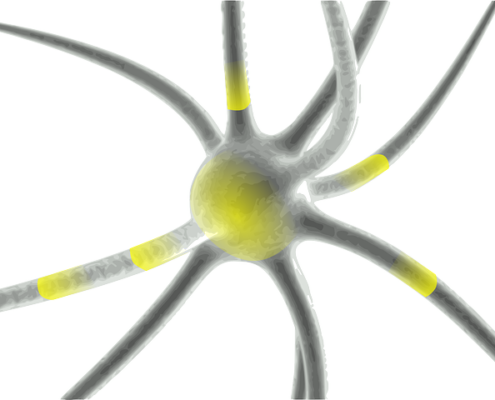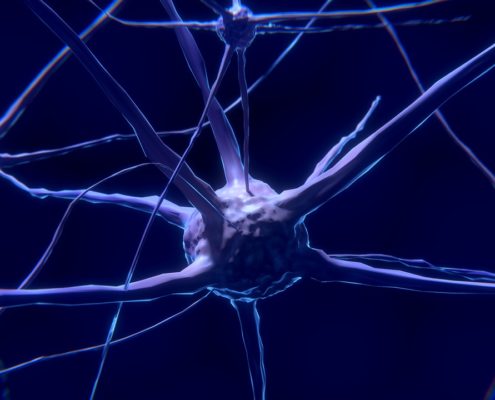How is Neurofeedback Different From Biofeedback?
 At INDY Neurofeedback, a frequently asked question is, “What is neurofeedback?” And secondly, “Is this the same as biofeedback?”
At INDY Neurofeedback, a frequently asked question is, “What is neurofeedback?” And secondly, “Is this the same as biofeedback?”
“As the owner of INDY Neurofeedback, my answer is that biofeedback is the general category — a method of gaining information by monitoring skin temperature, blood pressure, heart rate, brainwaves and other body conditions. Biofeedback has been used for years to help promote control over involuntary bodily processes like breathing and stress levels. The idea is to employ some type of sensors to give information about what is going on in the body. Neurofeedback, aka EEG biofeedback, is essentially, a specific form of biofeedback and there are differences.”
With neurofeedback, we provide information about specific brainwave activity.
What We Are Looking For
Ideally, our brain waves work together to provide a smooth or regulated (harmonious) brain function. Or, there can be dysregulation, when one or several parts of our brains are not operating at peak performance.
Like a car can be hooked up to computer to determine why the check engine light is on, brain mapping provides the same type of information about our brains. And, since we can map the brain through a Quantitative EEG (QEEG), INDY Neurofeedback can provide specifics on how your brain is not working optimally and, most importantly, what can be done to improve it.
Using the results from the QEEG, INDY Neurofeedback staff can work with clients to help fine tune a specific brain area (and corresponding waves), just as with a car’s engine.
How do you know if neurofeedback can help with your issue?
Neurofeedback is used to improve brainwave activity. It is particularly useful when dealing with a variety of neurological conditions. Neurofeedback is commonly used in cases of epilepsy, sleep disorders, anxiety, stress, ADHD and traumatic brain injuries. You can think of neurofeedback as a type of exercise program for the brain used to teach the brain how to function optimally. The goal is to bring the client’s brainwaves into balance alleviating problematic symptoms and giving clients long-term benefits.
Once the cause of the symptom is determined, there is a wide variety of methods that can be selected based on what is the best for our client’s age, special needs and/or neurological issues. At INDY Neurofeedback, we recognize our body’s systems work together as a whole. We incorporate both biofeedback and neurofeedback to provide our client’s with comprehensive care.
If you want to talk over something that has you concerned, we are happy to help. Your first consultation is free and completely confidential.

 The human brain contains an estimated 90 billion neurons, each one a different size and shape. Interestingly, just one neuron can reach from one side of the brain to the other. But no matter the length or shape, each neuron links to hundreds upon hundreds of others in an amazingly complicated network.
The human brain contains an estimated 90 billion neurons, each one a different size and shape. Interestingly, just one neuron can reach from one side of the brain to the other. But no matter the length or shape, each neuron links to hundreds upon hundreds of others in an amazingly complicated network. You may be chalking up those small moments of occasional forgetfulness to getting older. That’s because for years we’ve been hearing that the older we get, the more brain cells or neurons, we lose.
You may be chalking up those small moments of occasional forgetfulness to getting older. That’s because for years we’ve been hearing that the older we get, the more brain cells or neurons, we lose.